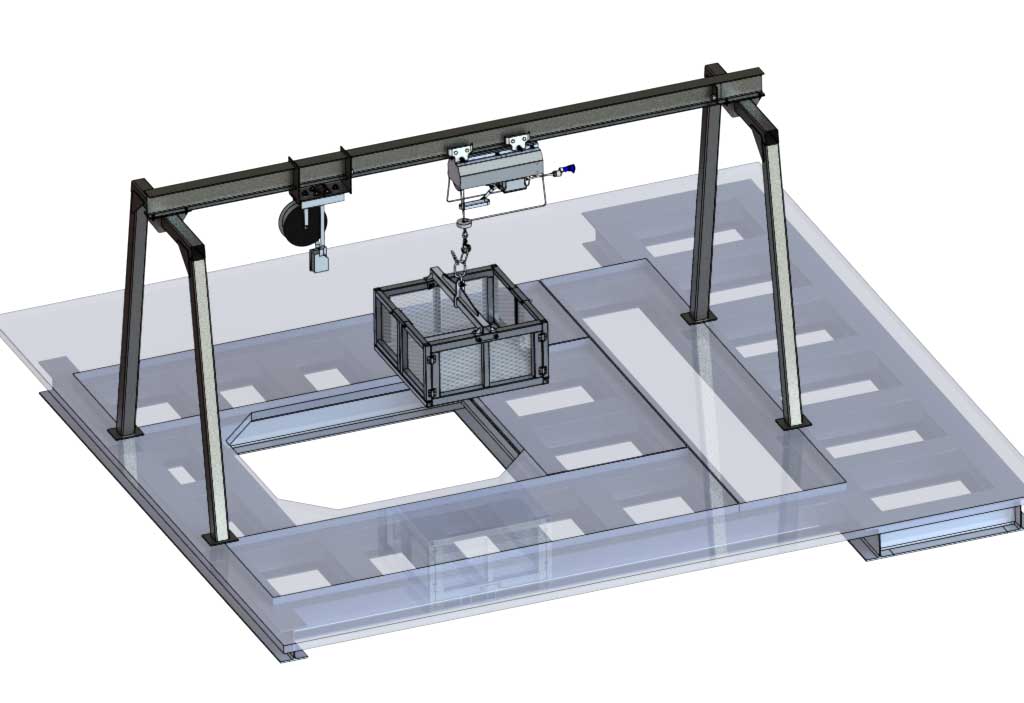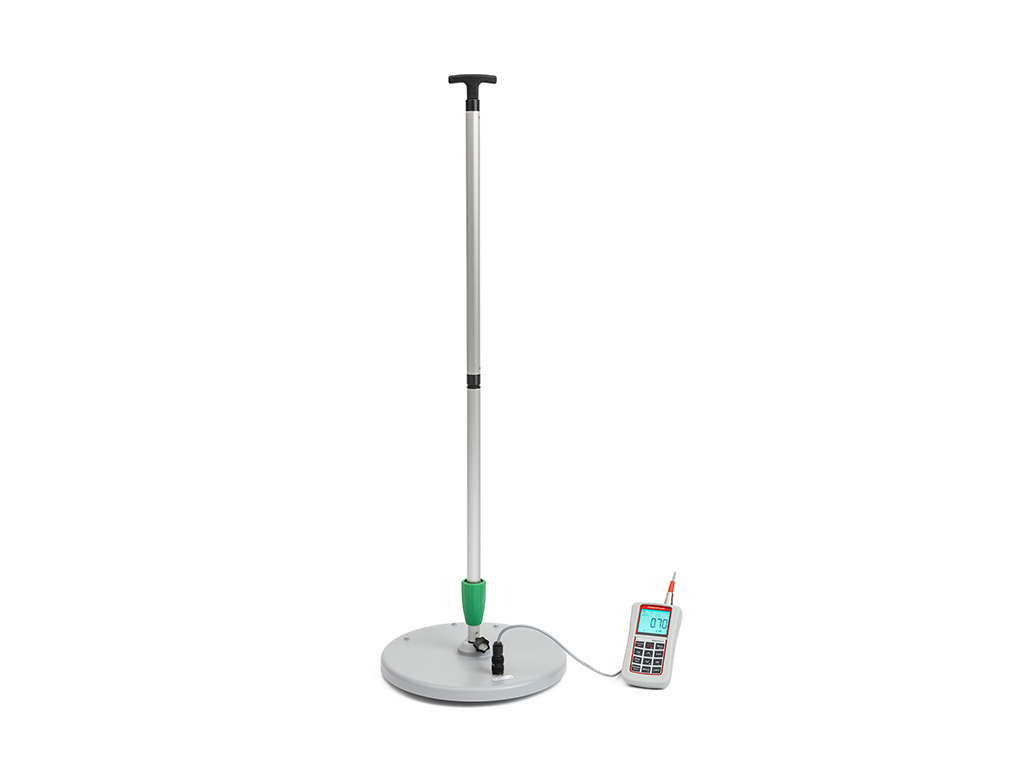Maintenance work in preheat tower vessels (cyclones, risers and pre-calcinator) is not only difficult and time consuming but can be a dangerous task.
The vessels are vertical and vary from plant to plant in configuration and size and typically have limited access. Maintenance in these confined space vessels includes but is not limited to; brick installation, shot creating, coating and refractory removal and replacement of inner structures such as a dip tube.
The most common approach to maintenance in the vessel is to erect scaffolding to be able to reach the correct height for work needed to be done.
This is very time consuming, dangerous and tedious. Adding up the labor this can get very costly. In an average preheat tower cyclone this can take anywhere from 1 to 2 days. In certain countries, due to safety regulations, specially trained and certified personnel must erect the scaffolding and remain available at all times during an outage.
Working on scaffolding for the installation is dangerous and tedious, plus working in a confined space with limited access for men and material makes the installation process even more dangerous. The use of a suspended platform is a much safer solution.
Successful installation has been done using a suspended platforms, but due to the complexity of the vessels, limited access and the design challenges to build a cost effective and efficient platform, there is no ready product available on the market for the Cement Industry preheat tower vessels.
What was needed was a standard or semi- custom product. It would have to have a sturdy work platform with sufficient load bearing capability yet constructed of light weight, modular sections small enough to fit through the most limited access. Fast and easy to assemble with pinned connections and interchangeable sections with little or no use of tools needed. This structure would need to be designed by professional engineers to the strictest of international design and safety standards. It would also need to be manufactured to the strictest of international manufacturing standards.
The platform would be suspended by cables threaded through ports in the roof of the vessel connected to internationally certified power climber hoists. The multiple hoists would be best synchronized when lifting or lowering the platform by a single pendant control.
Considerations for the varying dimensions and configuration of the vessel would also have to be designed. For example, moving from the cylindrical section of a cyclone to the expanded scrolled area at the inlet near the top of the cyclone consideration of how to expand or extend the platform to reach the scrolled sides of the vessel would have to be made.
After many years of considering the manufacture of a suspended work platform, Bricking Solutions took an order for the EZ Flexx Suspended Platform for a Vertical Lime kiln. This platform, though only cylindrical in design with no need for adjustment, presented the opportunity to design a platform using much of the criteria above.
The platform design and product for the Vertical lime kiln was a success. Based on this success Bricking Solutions took on the next challenge to build a platform for use in the preheat tower of a cement plant. We received an order from a plant to build a platform to be used to install a dip tube in their cyclone #4.
The goal was to increase safety and reduce the time it was going to take to install or replace a dip tube in cyclone #4. If our platform had not been available the customer would have had to install costly scaffolding to be erected from the bottom of the cyclone funnel all the way to the top of the cyclone. In addition to the time needed to install and dismantle the scaffolding, bringing in over 300 of 406mm x506mm steel plates weighing 36kg through an access door with an opening of 482mm x 584mm and hoisting or carrying them up approximately 3 stories through scaffolding was not a task the welders and their helpers were looking forward to.
The furnished suspended platform eliminated the need for scaffolding above the access level. It was installed the first time in about 2 hours by the evening shift, the only delay being an issue with rented hoists, solved the next morning by the rental house representative. Each modular section of the platform weighed no more than 14kg, with the exception of one weighing 21kg and fit easily through limited access the door.
The welders were able to load a supply of steel thimble plates onto the platform and raise the platform at 10.5m / minute to the top of the cyclone and an adjust the platform height to the appropriate or easiest work height. The welders claimed they save at least 5 days or ½ the time planned for the installation of the dip tube utilizing scaffolding. This did not include the saved time not having to install and remove scaffolding.
This platform will be used again in November to install a dip tube in cyclone 5. It will be used for maintenance in cyclones 3, 4 and 5 as they are all the same size. The platform is also adjustable to the slightly large diameter of the pre-calcinator and will be used for maintenance in this vessel as well.
We have accomplished some of our design goals and are still working on solutions for challenges of other vessels with different configurations. Some of these challenges include expansion of the platform diameter while in the air. Expanding the platform while in the air to accommodate not only increased diameter but irregular or complex curvatures of the vessel.
We also need to deal with international, country, regional, local and individual company safety rules and standards.
We do not foresee solving all of the problems for confined space vessels, but feel we now have a base design for a modular suspended platform that will be safe and an efficient solution for many of the current maintenance issues for cement plant preheat tower vessels.
















